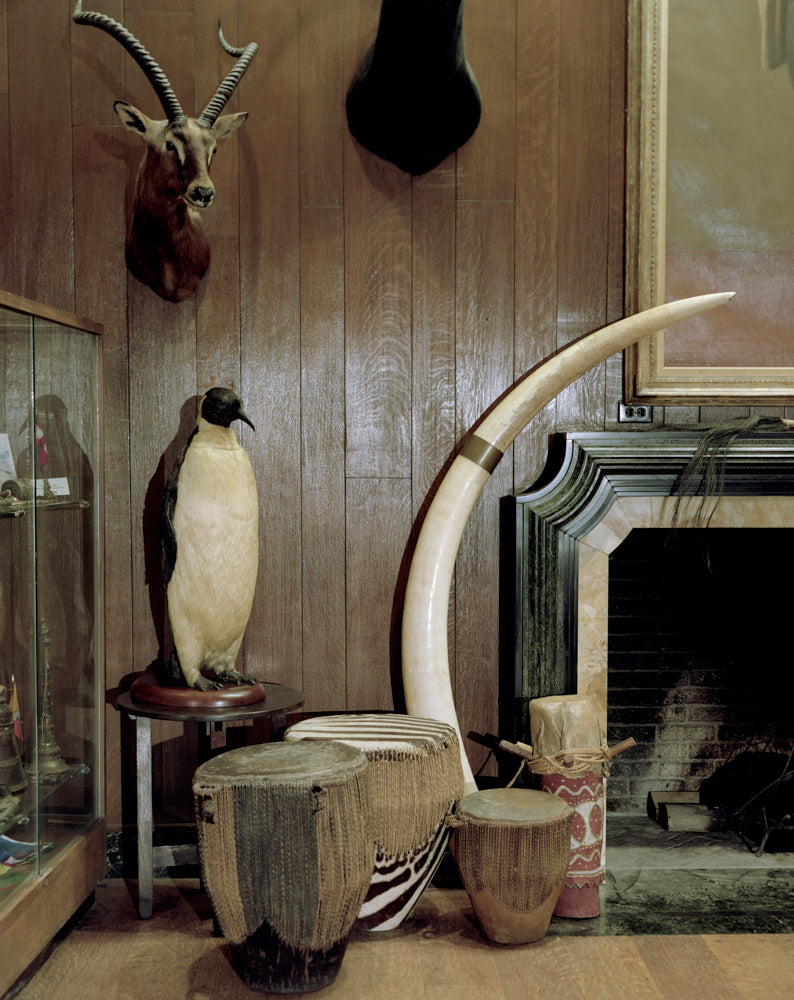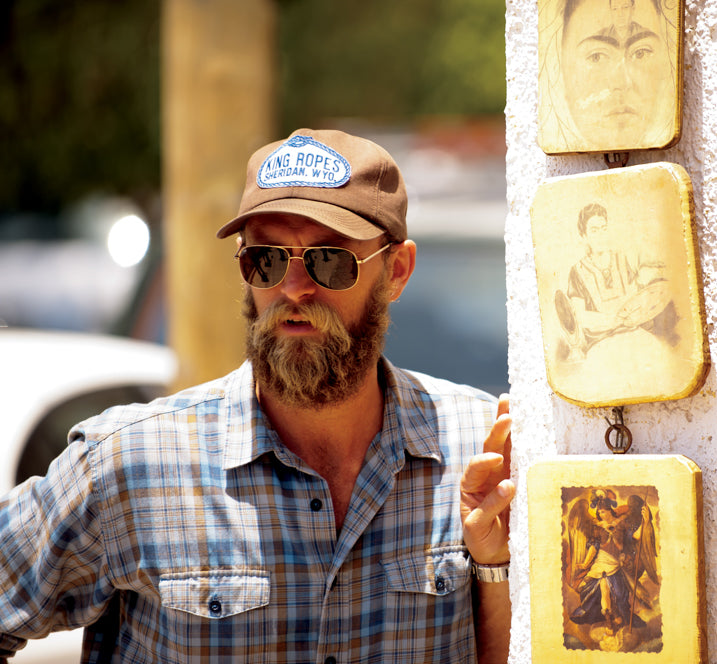
The Explorers Club
THE EXPLORERS CLUB



In 1904, the spirit of exploration was everywhere. Theodore Roosevelt, America’s premier adventurer President, was still in the White House, the Wright brothers’ flying machine had barely lifted off the ground, and a crew of grizzled explorers determined to reach the North Pole had captured the imagination of the Western world. Entire swaths of the planet still remained undiscovered. Spurred by the challenges of reaching the unreachable and the scientific desire to unlock the earth’s secrets, a hardy band of gentleman-adventurers came together to form The Explorers Club in New York City.


The idea began with Henry Collins Walsh, an author and war correspondent who had sailed with Frederick A. Cook’s 1894 Arctic expedition aboard the ill-fated SS Miranda. On their return to New York, Walsh and his fellow survivors, eager to “keep green their friendship,” organized the Arctic Club, which came to embrace nearly every prominent polar explorer in the United States and abroad. So successful was it that a core of its members, together with friends who had explored in other regions, decided to found the more inclusive Explorers Club. Their stated mission: “promote exploration by all possible means.”


Incorporated in 1905, The Explorers Club in its earliest years met in simple rented rooms. Its first four presidents were famed Arctic explorers Adolphus W. Greely, Cook, Robert E. Peary and David L. Brainard. Under Brainard in 1912, the Club found a permanent home in a loft on Amsterdam Avenue. There, members began holding regular meetings and gala dinners and assembling the books, maps, trophies and memorabilia that would grow into a remarkable library and museum of exploration and travel. Returning explorers and visiting scientists were invited to share their experiences in public and member lectures, and by the 1920s, the Club was aiding serious exploration and field science.


In 1965, the Club purchased a Tudor-style mansion on East 70th Street. With its twin-arched facade of brick and limestone, leaded glass windows and carved oak interiors, the Lowell Thomas building, named for the noted explorer and broadcaster, has become the physical symbol of the Club’s high purpose, embodying the history of exploration and the passionate quest for new knowledge.


Today, The Explorers Club is a multidisciplinary organization dedicated to the advancement of field research, scientific exploration and the notion that it is vital to preserve the instinct to explore. The Club encourages the exploration of land, sea, air and space, with particular emphasis on the physical and biological sciences and resource conservation. As a gathering place and unifying force for explorers and field scientists the world over, it serves as a base for expedition planning, presentations, meetings and events, and as a haven for the serious researcher.




It has 30 chapters around the globe, with some 3,000 members from every continent and more than 60 countries. From the polar regions to the jungles and deserts, from the deep seas to the frontiers of space, the Club provides a pivotal connection between past and present, offering to those who take up the banner of scientific exploration the chance to go where no man has gone before.




